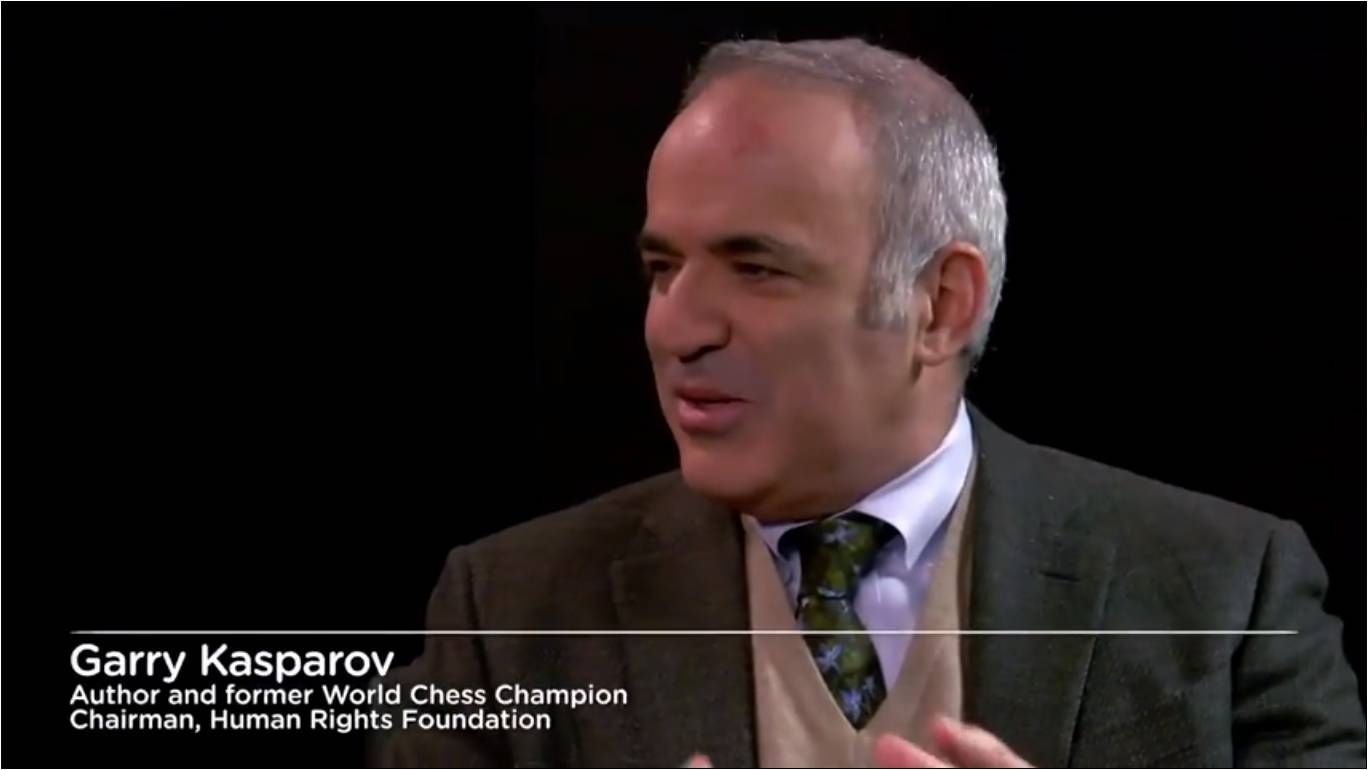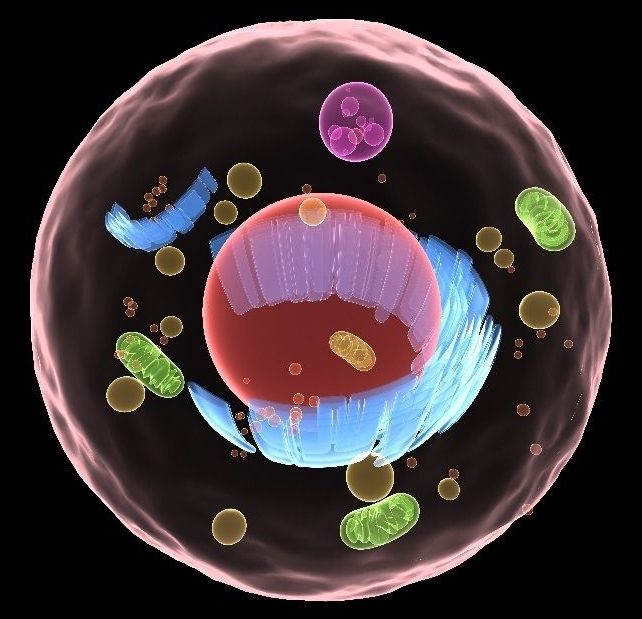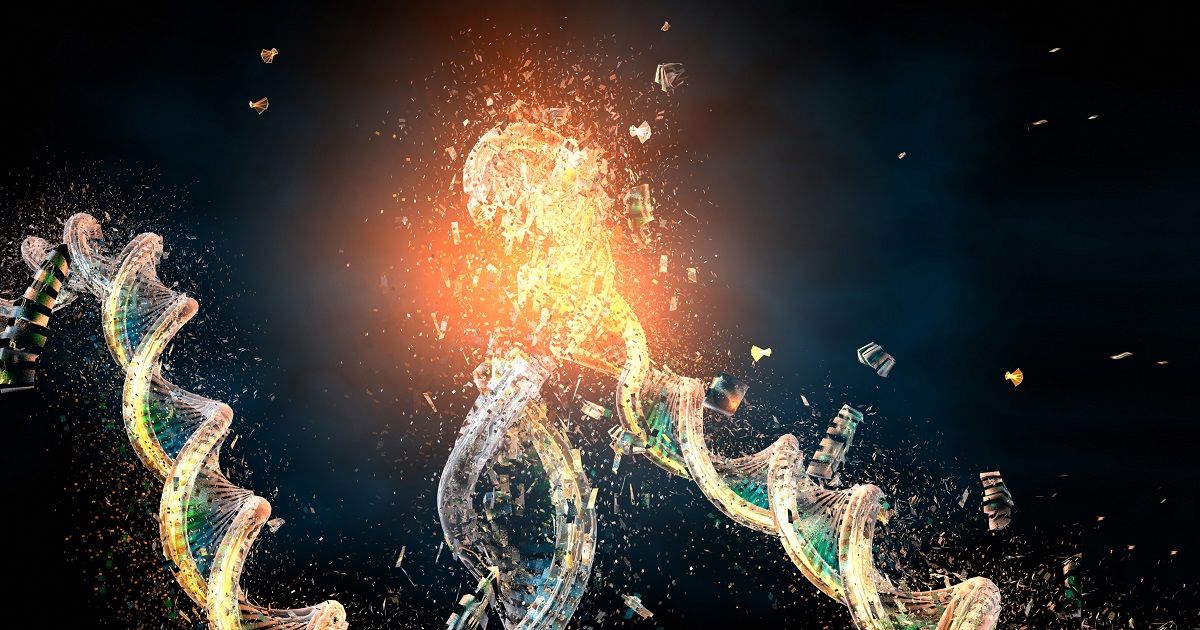New high-tech treatments may be able to repair cavities without fillings and even regrow entire teeth.
The future of lifespan extension science by the head of US research, Felipe Sierra.
Summary: These scientists aim to increase life span in humans. This report provides a glimpse into the future of a revolutionary scientific field called geroscience that seeks to slow down the chronic diseases of aging to increase life span and health span. Part 4 of a 4-part essay titled Geroscience by Felipe Sierra. [With an introduction by Brady Hartman. ]
Scientists in the geroscience field aim to slow down the chronic diseases of aging and increase life span in humans.
In fact, they’ve already done it in lab animals.
Summary: Why Do We Age? Scientists answer the question with the latest evolutionary theory of aging, the disposable soma theory, which supports the longevity benefits of calorie restriction. With commentary by leading geroscientist, Tom Kirkwood. [This article first appeared on the website LongevityFacts.com. Author: Brady Hartman. ]
The process of aging, or growing old, presents an apparent contradiction to people who believe in Darwin’s theory of evolution. Aging increases the vulnerability of an organism, which ultimately leads to its death. How could evolution favor a process that gradually increases mortality and decreases the ability to reproduce?
Leading scientists have found an answer to this puzzling contradiction and offer us new theories to explain why we age and die using evolutionary theory – the idea that aging confers an evolutionary advantage.
Former world chess champion and human rights activist Garry Kasparov discusses artificial intelligence and the political and social implications of it.
Drawing on his recent book “Deep Thinking,” Kasparov outlines what he considers the potential of new technologies built on “machine learning.” Kasparov explains why free societies must prioritize technological progress and embrace the challenges associated with innovation. Finally, Kasparov considers the new artificial intelligence chess program, AlphaZero—what we can learn from it about chess, as well as the relationship between humans and machines.
Conversations with Bill Kristol.
Free radicals are costly.
Summary: Here’s what researchers have discovered about stopping the destruction caused by free radicals, including DNA damage, macromolecular damage, and damage to mitochondrial DNA. [This article first appeared on the website LongevityFacts.com. Author: Brady Hartman. ]
Scientists widely believe that DNA damage and macromolecular damage caused by free radicals generated by our mitochondria is the principle cause of aging.
However, they may have found a way to stop it.
Summary: A brief review of the top reports in 2017 on prediabetes and type 2 diabetes treatments, including new ones and those in the pipeline. [This article first appeared on the LongevityFacts.com website. Author: Brady Hartman.]
A paper published in the Lancet shocked the public last year when they reported that 40% of Americans walking around today would develop type 2 diabetes. While type 2 diabetes is a leading cause of premature death, the World Health Organization (WHO) upset even more people when they announced that prediabetes – the precursor state to diabetes – kills far more people.
Here’s a look back at the reports in 2017 on the ways to prevent type 2 diabetes and prediabetes and the promising treatments in the pipeline for these two forms of diabetes.









